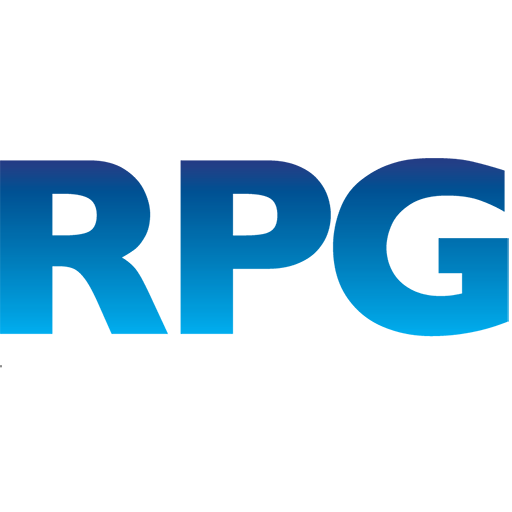The Donor Family Study is conducted by the Research & Planning Group on behalf of many OPOs around the United States. This article provides some national comparative data gleaned from the 2017-2019 cycle from 9 participating OPOs.
National Findings
The following statistics reflect comparable satisfaction data from the study. Please contact us if you would like additional comparable data or you would like to review the survey instrument.
All Donor Families

Organ Donor Families

Tissue Donor Families

OPOs Included in Study
The OPOs who contributed data to this set include:
- CORE (2019)
- Donor Alliance (2018)
- Gift of Life MI (2018)
- Iowa Donor Network (2018)
- Lifeline of Ohio (2018)
- LifeSource (2019)
- LOPA (2017)
- Mid-America Transplant (2018)
- MORA (2019)
Method
The Donor Family Study was conducted via Telephone In-Depth Interviews with a mixture of Tissue and Organ donor families roughly proportional to donation activity. Interviews were scheduled for 15-20 minute blocks and administered using a standardized survey instrument with a mixture of qualitative and quantitative lines of questioning as well as structured probes.
Each OPO supplied a list of donor family members who are eligible to participate and notified a randomly-selected sample in advance that they might receive a call from the research team. This letter also contained instructions on how donor families could opt in or out of the study.
Population and Sampling
The population for the Donor Family Study is defined as all donor family next of kin (NOK) who participated in an authorized donation experience as far back as two and a half years from the survey date, but excluding the first six months due to the desire on the part of the research team to show appropriate sensitivity for participants’ grief. The population is further divided into tissue donor families (which may also include eye donations, but no organ donations) and organ donor families (which may also include tissue and eye donations).
The sample frame for this study includes a list provided by the OPO to the research team of all eligible donor families. The research team utilized a stratified random sampling process for each list to ensure a representative sampling for tissue and organ donor families.
Donor family next of kin who had opted out of OPO contact prior to the study were not included in the sample frame.
If a listed next of kin requested another family member participate in the survey, substitutions were allowed provided that the survey could be appropriately administered.
Limitations
These national comparisons come from a self-selected group of Organ Procurement Organizations who have expressed an interest in having a third party measure donor family satisfaction. The findings are provided for informational purposes and should not be said to be projectable to the entire industry nor representative of all OPOs.
Donor families were only included in the sample frame if they had not previously opted out of contact with the OPO, which may mean that some of the most negatively-impacted families were not invited to participate in the study.
The data are reflective of a holistic assessment of what donor families remember experiencing during their entire experience with an OPO. Because the data referred to experiences which occurred as far as two and a half years prior to the interview, the data do not describe a recent experience and may be impacted by vague memories or misremembrances.
For More Information
If you would like to know more about this study, please contact us.


